Species identification is a useful skill, and not just one for ecologists and taxonomists. Knowing what is around you can be powerful; a bird in the park will no longer be just a bird, or a flower no longer just a flower. While I have been lucky to follow my interests with years of experience in conservation volunteering, research and ecological consulting, I still have much to learn about species identification. As we are confined to our homes due to the COVID-19 pandemic, or within 2km of our house for essential activities if adhering to social distancing rules, I have found an interest in species identification to be a great resource for promoting positive mental health and keeping active.
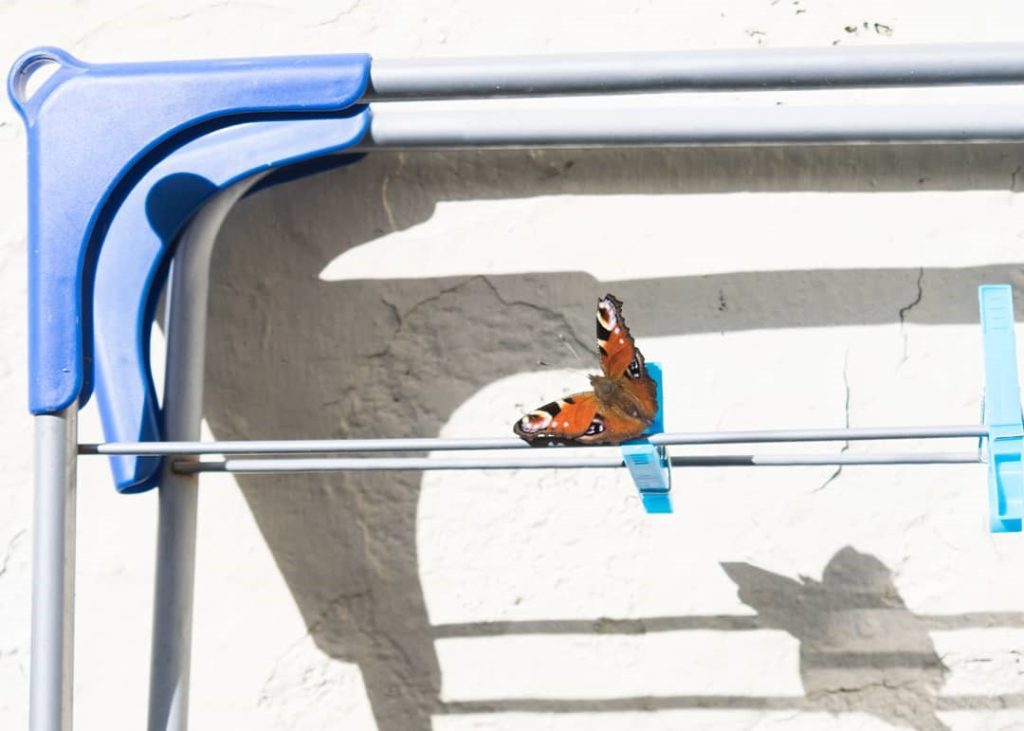
Taxonomists are the experts; and although I am in awe of their ability, I haven’t fully embraced this as a research route or career path, though have not completely ruled it out. Back in 2015, I had a six-month internship at the Martin Luther University of Halle-Wittenberg, under the expert guidance of Professor Robert Paxton and his team where I considered DNA barcoding as a molecular tool in taxonomy. Here I attempted to understand cryptic species complexes of wild bees (Andrena trimmerana-scotica and A.pilipes-nigrospina) by phylogenetic analysis of the mitochondrial DNA COI region. More information about DNA barcoding can be found at the International Barcode of Life Project (IBOL 2020), or in Hebert and Gregory’s review (2005), study on DNA barcoding in cryptic species complexes of butterfly by Hebert et al. (2004) and in this Irish solitary bees study by Magnacca and Brown (2012).
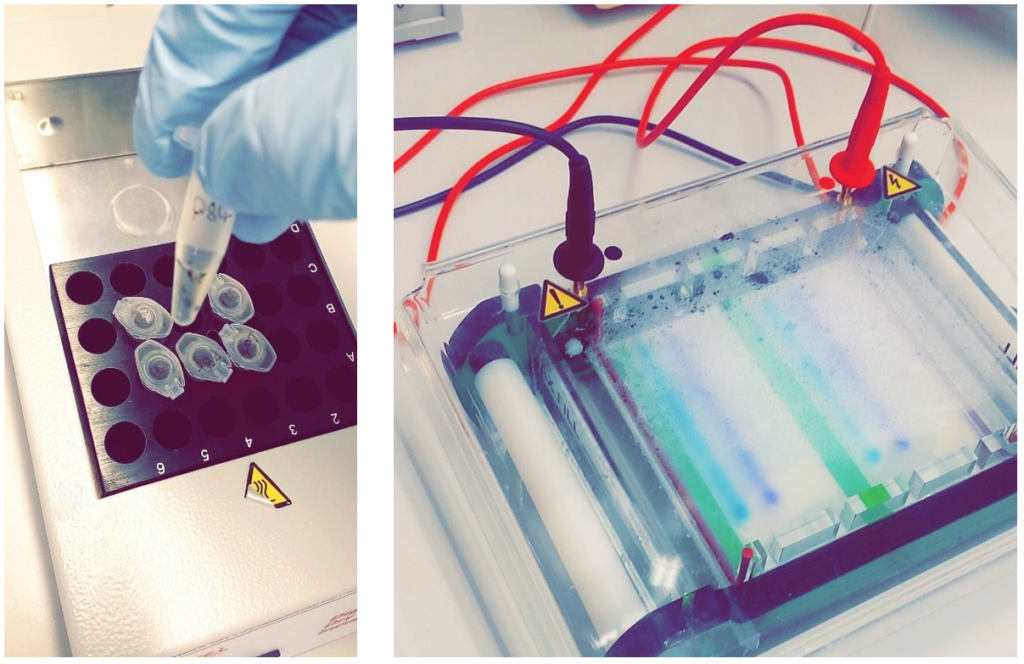
For our day-to-day identifying, we do not need to get into molecular genetics for species identification. While ecological consultants may employ some molecular tools to help identify if a priority species is present, they will often stick to field guides and keys that are accessible to anyone with an interest. I have an interest in wild bees, moths and wildflowers and have attempted to improve my species identification of these. Of note to me during this pandemic is plants that may colonise walls such as ivy-leaved toadflax Cymbalaria muralis or various members of the families Saxifragaceae or Brassicaceae. Regardless of interest, there is a guide for you and popular field guides I would recommend include:
- Field Guide to the Bees of Great Britain and Ireland;
- Field Guide to the Caterpillars of Great Britain and Ireland;
- Collins Wildflower Guide;
- The Wild Flower Key (Revised Edition) – How to identify wild plants, trees and shrubs in Britain and Ireland.
Guides differ, and some will focus on scientific illustration while others will have photographs, and it is largely a personal preference. There are also various websites to consider such as https://www.naturespot.org.uk for species information and the NBN Atlas for species distributions https://species.nbnatlas.org/.
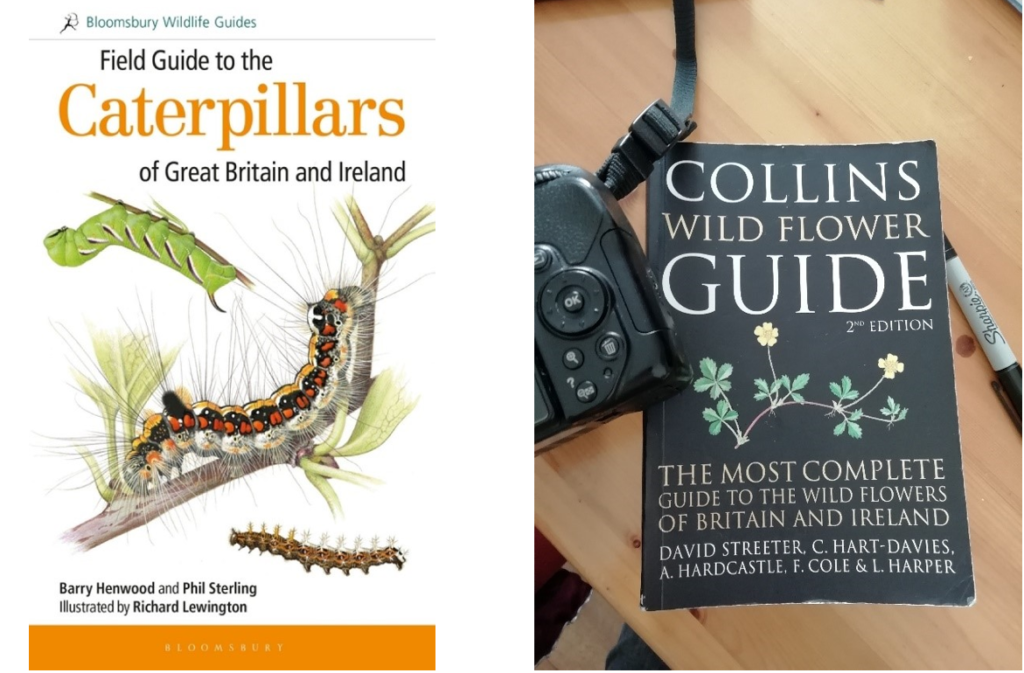
Further, in today’s social media era, there are ways to be savvy about species identification too. At certain times of the week, certain hubs and communities will participate in posting to a specific hashtag. One of my favourites is #wildflowerhour, which also includes #wildflowerid, associated with BSBI Botany. This is a hashtag event that happens every Sunday from 8-9pm and sees people posting photographs of wildflowers they have found during the week, and also offers a chance to get help identifying a wildflower that may have been troubling you. There is a real sense of community and the experts are involved too. There are plenty of others too such as #solitarybeehour for wild solitary bees or the #breakfastbirdwatch to encourage people to get out and see what birds are viewable from their homes.
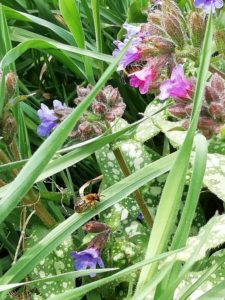
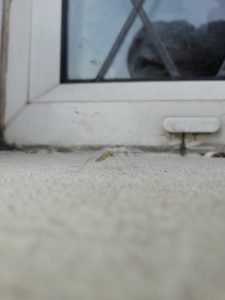
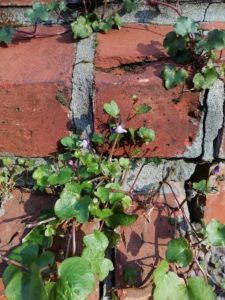
There are many people on social media that are available and willing to help – though it is important to factor in that on the other end of twitter handles there are people too. Considering having a go at identification is important before asking on twitter for help; there are plenty of resources out there with a few listed above. A few recommendations for who to follow on twitter that have helped identify species include:
- @BSBIbotany and @wildflower_hour – a helpful community that are willing to provide insight and knowledge on wildflowers, and the greater botany world
- @CRStipula @NHM_Diptera – dipterans, including cranefly are found everywhere, and identifying these can be surprisingly fun. The information provided is fantastic, and you can help them by providing recordings too.
- @StevenFalk1 and @rlewington2 – incredible resources for species identification, Steven Falk has helped many with identification of bees, and Richard Lewington has further helped with insight via years of incredible natural history illustrations across many books and field guides. Check out their books first to have a go at identification.
- @mothiduk – expert insight to the identification of moths.
- @BritishSpiders – fantastic twitter account for help with IDing spiders and harvestmen
It is easy for anyone to get involved, and the season for it with pollinators being active. For those interested, species identification benefits from personal recordings, or uploading to a recording database such as iRecord for citizen science and future research of species distribution. Records can also be viewed on online databases such as the NBN Atlas. Personal recordings would typically include a date, location, species name, number observed and some notes in an Excel spreadsheet – photographs are beneficial. Various apps are available for species recording and identification including iNaturalist and ObsMapp, with both having a photo ID feature (I would largely use this as a reference point if completely stuck). Another recommendation for lockdown as we head into the spring and summer months is making or buying a moth trap.
References
Hebert, P.D.N. and Gregory, T.R. (2005) The Promise of DNA Barcoding for Taxonomy. Syst. Biol. 54(5):852-859.
Hebert, P.D.N., Penton, E.H., Burns, J.M., Janzen, D.H. and Hallwachs, W. (2004) Ten species in one: DNA barcoding reveals cryptic species in the neotropical skipper butterfly Astraptes fulgerator. Proceedings of the National Academy of Sciences 101(41), 14812-14817. doi:10.1073/pnas.0406166101
IBOL (2020) International Barcode of Life Consortium, Available at: https://ibol.org/ (Accessed: 6th April 2020).
Magnacca, K.N. and Brown, M.J. (2012) DNA barcoding a regional fauna: Irish solitary bees. Mol Ecol Resour 12(6):990-998. doi: 10.1111/1755-0998.12001.





















































